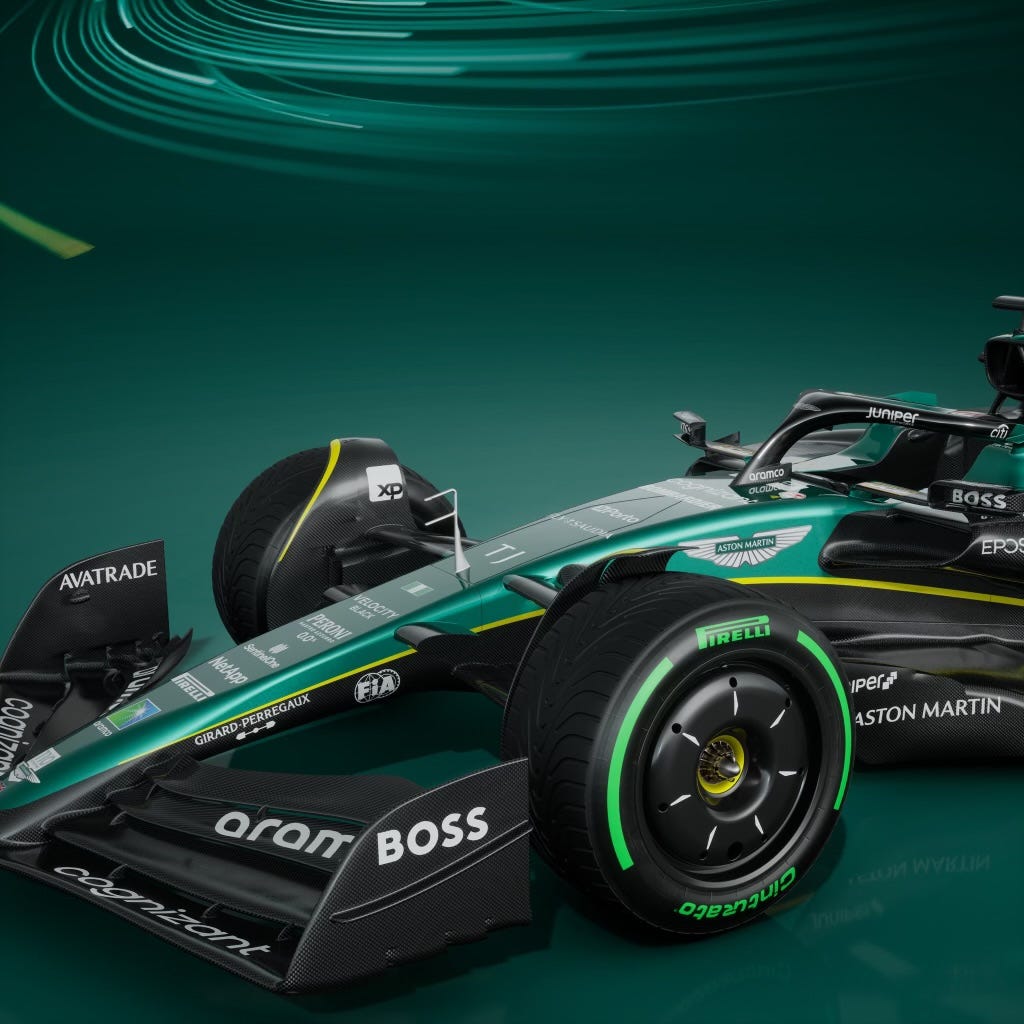Out of a total of 20 races so far this year, Max Verstappen, Red Bull Driver, has won 17 of those, 17! If you analyse that a little further, there are a total of 20 drivers competing in F1, and where each driver had a chance of winning once, Max has won 17 times.
But if you watched Max and the Red Bull team closely, they were not always this successful. So what changed?
Consistent success on the track takes a while for a combination of new factors, even though very efficient, to become familiar with. This goes both for the drivers and the cars engineered for them.
Ultimately, performance is mostly due to efficiency than strategy
It is clear Max has a great car engineered and is as good as any driver and most likely better to have achieved this streak. But it took time for him to achieve this fit; He had to gain mastery of his car, his opponents and the tracks where they come to battle each year. Ultimately his speed and efficiency of other engineering factors gave him an edge over teams that probably had better pitstop Engineers with shorter pitstop times or had better racing strategies. His efficiency crossed the threshold for him to outshine others.
The same goes for the AI space, where python outshines other languages due to its ease of use and beloved community. Whilst this was good for the ground work days, there comes a time when unfamiliarity has to be dealt with for advancement. Languages like Rust, which is strongly statically typed is unfamiliar to most AI Engineers though it outperforms rust in speed and efficiency (It can run computations faster on less expensive compute instances). But just as Max was in his stage of getting familiar with the factors thrown at him, languages like Rust 🦀 , are just getting started and will likely outperform Python in production adoption. Since it is a low-level language, it will definitely play a useful role in building embedded systems in F1 automobiles and forecast systems, as what plays the most important role in this space is speed! Go fast or Go home. Every team should want every system to be as fast as is safe to operate. From their supply chain to their technical systems to their driver on the wheels.
“All the learning other drivers did in the lower categories, out of the spotlight, he did under the scrutiny of the world’s media.” -Time


